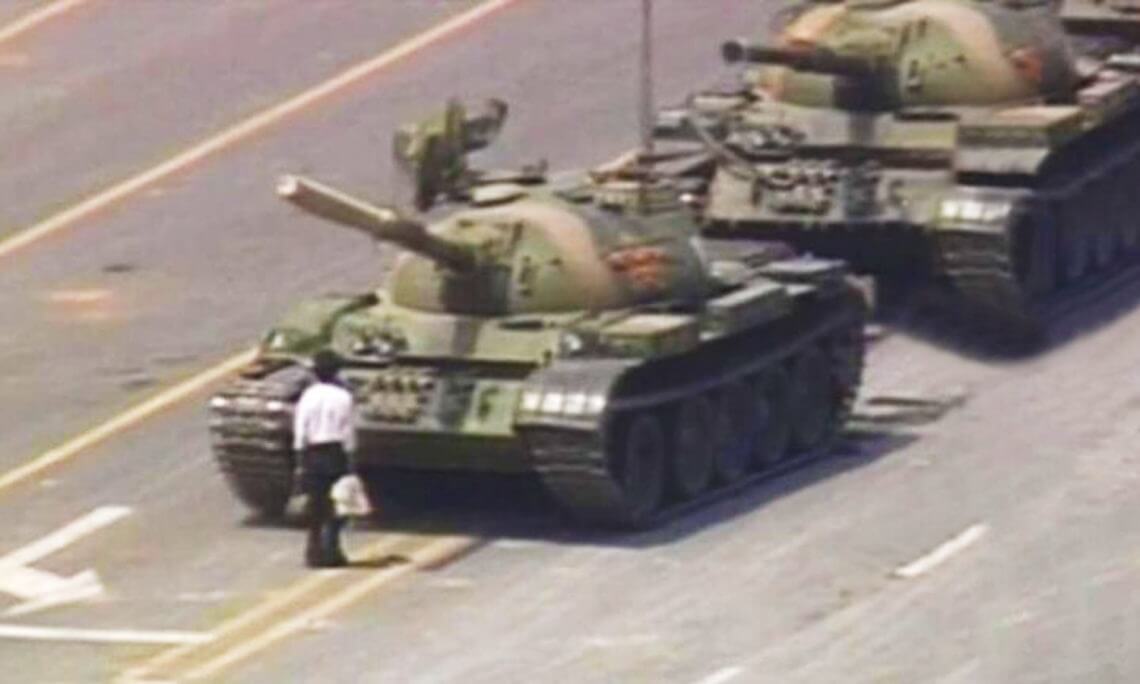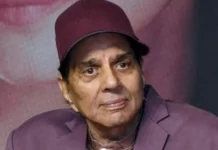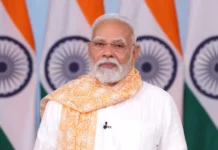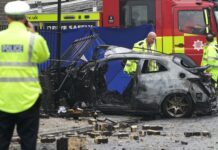
NEW DELHI: A black mark in the history of China, the Tiananmen Square incident took place on the night of June 3 in 1989, but the conditions that led to the unthinkable massacre had been festering for months.
Basically, in the 1980s, China was undergoing a massive societal and economic transformation. The ruling Communist Party regime was slowly opening up to the private sector, allowing a few private firms to function. Some foreign investment was also allowed.
In the middle of the decade, the central government even encouraged notable scientists and intellectuals to take more active part in politics. The ruling Chinese Communist Party (CCP) regime expected these moves to boost the economy and raise the population’s living standards.
But these changes led to some unforeseen issues. Even as people hoped for more political openness, price inflation and opportunities for corruption by government officials were on a rise. The decade of remarkable economic growth and liberalisation that the country had experienced led to many Chinese citizens gaining access to never-seen-before standards of living, while getting exposed to all kinds of foreign ideas. This included people who had been living abroad.
By the mid-1980s, inspired by democracies around the world, an increasing number of students had started demanding for more individual rights and freedoms. This pushed the hard-liners in the government to come down hard on what they termed was “bourgeois liberalism”.
By 1989, this students-led movement for political and economic reforms in China had reached a fever pitch even as the government dug its heels on the issue. Battle lines had been drawn. And then the ouster and subsequent death of a pro-democratic reform official proved to be the tipping point.
Hu Yaobang was the CCP General Secretary since 1980. He was a major player in helping the country for transition from orthodox Marxism. He was forced to resign from his post in 1987 for encouraging democratic reforms. Two years later, in April 1989, he suffered a fatal heart attack during a Politburo meeting to discuss reforms in the education sector.
The 73-year-old breathed his last the next week. Immediately, Hu, a victim of a cruel regime, was turned into a martyr for the cause of political liberalization. On April 22, the day his funeral was held, lakhs of students gathered in the Tiananmen Square in Beijing to press their demands for democratic and other reforms.
The crowd kept swelling for the next several weeks. First it was only students but gradually a variety of people who believed in political, social and economic reforms in China had joined the movement.
At first, the government only issued strict warnings, but the movement was spreading fast across the nation. Protesting crowds were getting bigger in several Chinese cities, including Shanghai, Nanjing, Xi’an, Changsha and Chengdu. But Beijing got the attention of the rest of the world since media, especially a huge number of foreign journalists, were there to report on a visit by Soviet leader Mikhail Gorbachev.
Soon after Gorbachev arrived in the city, the number of protesters had touched a whopping one million mark and the entire world became a witness to the demonstrations. The CCP members were divided over how to deal with the protests. Many of them, especially the hardliners, wanted to crackdown on the protesters with might. In the end, they won, and martial law was declared in Beijing in the last two weeks of May. Armed army troops were deployed around the city even though all the protesters were unarmed.
But the protesters at the Tiananmen Square still stood their ground, positioning themselves around a statue called the “Goddess of Democracy”.
When the troops attempted to reach the Tiananmen Square, the general public in Beijing stood in their way and blocked them. All this was being telecast overseas. A few days passed but by early June, the government had decided to crush the protesters, no matter what the cost. An unprecedented massacre followed and on the night of June 3, not only heavily armed soldiers but military tanks started moving toward the Tiananmen Square.
Anyone who tried to block their way was either shot or crushed under the wheels of military vehicles and tanks. The maddening violence continued the entire deadly night.
By the next morning, all the protesters from the area had disappeared though the army continued to shoot at people throughout the day. The Shanghai mayor somehow negotiated a peaceful settlement with the protesters but similar ghastly military action continued in several other Chinese cities, including Chengdu.
One of the most iconic pictures of the time, of a lone protester standing in front of a column of tanks at the Tiananmen Square, was taken on June 5. But by then, the military had taken complete control of the situation and a democratic, nationwide and peaceful protest had been quelled through extremely violent means.
The Chinese government, obviously, downplayed all aspects of the gruesome incident.
The official Chinese stance was that the protesters were “counter revolutionaries” and that the total number of people killed during the massacre, including the soldiers, was only 241. The government also claimed that 7,000 people were wounded. But multiple reports from neutral organisations have claimed that the toll was grossly under-reported and that thousands of citizens had been brutally murdered by their own government.
In 2017, a report in the UK revealed that the then British Ambassador to China had sent a cable in which he had claimed that nearly 10,000 Chinese citizens had been violently killed on that day. Afterwards, a reign of terror followed. Despite worldwide criticism of the brutality and even economic and diplomatic sanctions by the US, the Chinese government arrested thousands of people, sending them behind the bars for their suspected pro-reform stance. A large number of people were simply executed.
Chinese authorities literally hunt people down. Thousands were detained, tortured, and executed after shadowy trials. Many of those linked to the protests had to leave everything behind and flee the country to become refugees. Not only was there no justice for the families of those killed but they were not even allowed the dignity of mourning their dead.
The killed protesters were called “rioters” and any association with them only brought more misery for their families.
Even today, it’s a highly sensitive issue and the Chinese government has left no stone unturned to not let the incident become a part of the public discourse. Any commemoration of the incident is officially banned. Posts related to the massacre are removed from the internet, which is heavily censored by the government in China. So, the younger generation is not even aware of how the Chinese government orchestrated and executed a horrifying massacre of its own people.
The Tiananmen Square incident is a blood-red mark in the pages of Chinese history that shows the real nature of its brutal and power-hungry ruling party.
Also Read: Silence, security in Beijing on 30th Tiananmen anniversary





